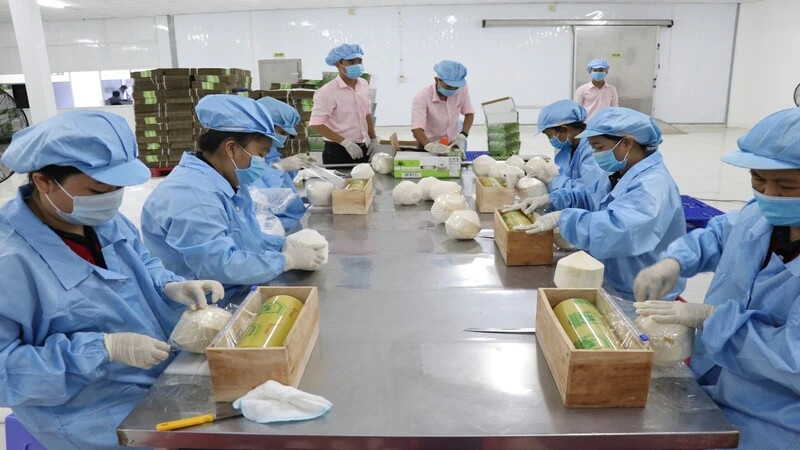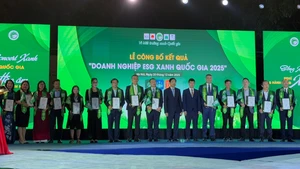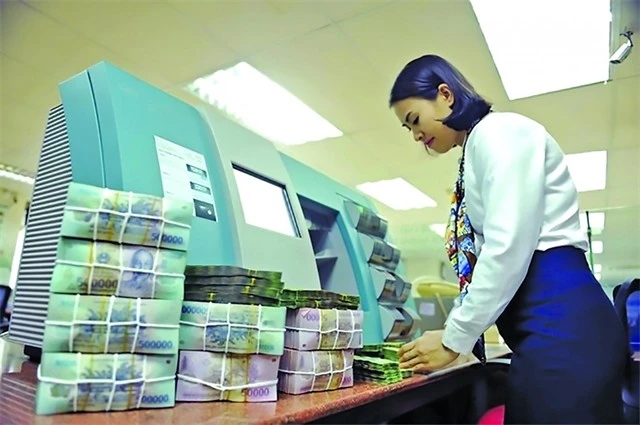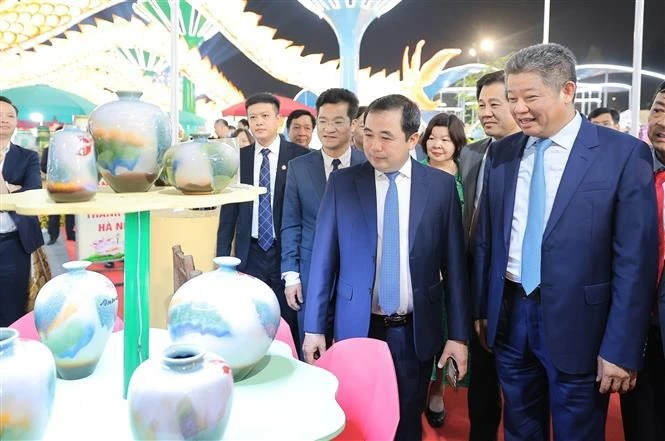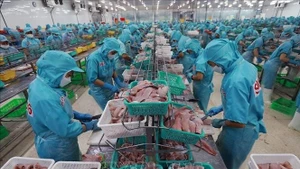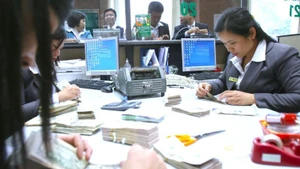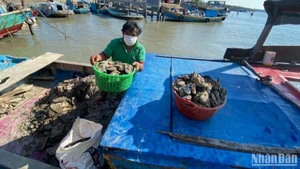In the period of 2019-2023, coconut imports in the Chinese market increased by an average of 22.71% per year. In 2022 and 2023 specifically, the volume of imported coconuts continuously reached record highs at 1.095 million tonnes and 1.22 million tonnes, respectively.
In the first seven months of 2024, China imported coconuts from 7 countries and territories around the world. Of which, the main coconut suppliers for China include: Indonesia, Thailand, and Vietnam, with a market share of 96.51% of the total volume.
Vietnam is the third largest coconut supplier for China, reaching more than 111.1 thousand tons, worth 31.79 million USD, down 30.6% in volume and 18.6% in value compared to the same period in 2023.
The market share of Vietnamese coconuts in China's total imports decreased slightly from 22.86% in the first 7 months of 2023 to 22.57% in the first 7 months of 2024.
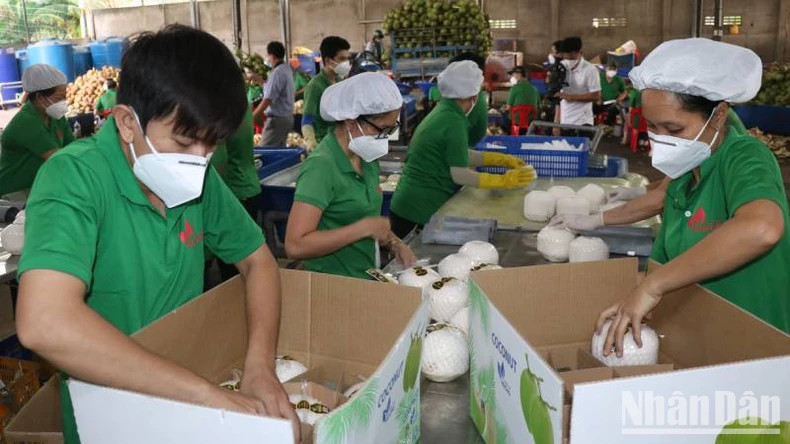 |
| Ben Tre coconut products exported to 90 countries and territories. (Photo: HOANG TRUNG) |
However, according to the Import-Export Department, China's reduction in Vietnamese coconut imports is only a short-term issue because China has agreed to grant official export licenses for fresh coconuts from Vietnam from August 19, 2024. This opens a huge opportunity for the Vietnamese coconut industry to access the large potential market of China.
Vietnam currently has about 200,000 hectares of coconut plantations, with an output of more than 2 million tons, ranking 4th in the world.
On September 11 and 12, the General Administration of Customs of China inspected 24 coconut growing areas and 12 fresh coconut packaging facilities in Vietnam before granting codes for these facilities to export fresh coconuts to China.
The Ministry of Agriculture and Rural Development aims to achieve about 80% or more of approved codes.
According to the Plant Protection Department, fresh coconuts exported from Vietnam to China must comply with Chinese plant quarantine regulations and meet regulations and standards related to food safety and hygiene, and not be contaminated with plant quarantine species that China is interested in.
Before exporting, the Ministry of Agriculture and Rural Development must send the list of registered growing areas and packing facilities to the General Administration of Customs of China for approval. This list will be updated regularly.
At the same time, before exporting, plant quarantine officers conduct plant quarantine inspections and take 2% samples. During the first 2 years, if no violations of plant quarantine are detected, the sampling rate will be reduced to 1%.
